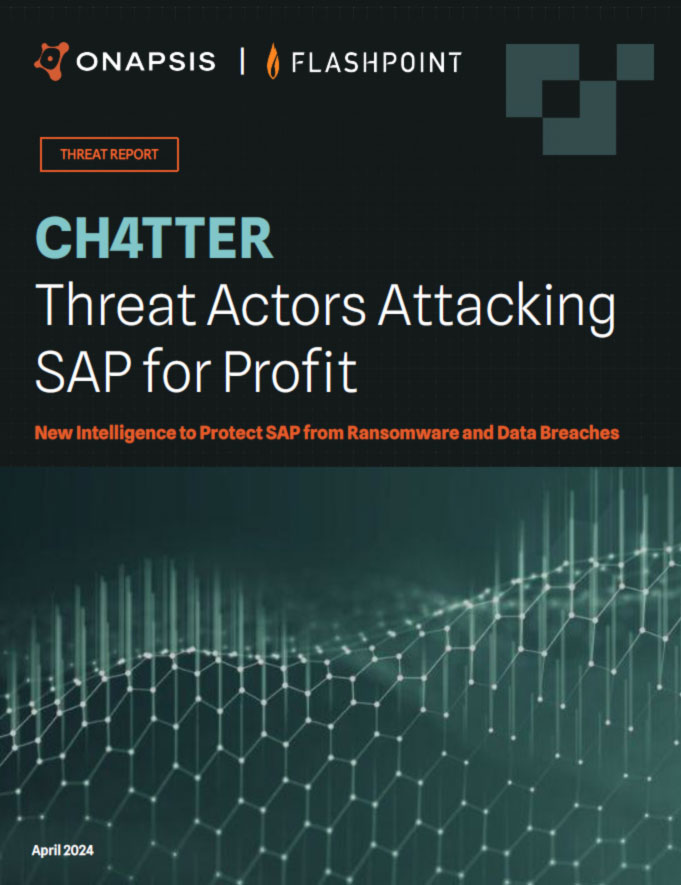Why You Need Vulnerability Management for Business-Critical Applications: Part 2

This blog is the second of a five-part series on the importance of protecting business-critical applications. In part one, we share how rapid digital transformation projects have left organizations’ most business-critical systems vulnerable to new risks. Read more in our whitepaper, Five Reasons Why You Need Vulnerability Management for Business-Critical Applications.
Reason 2: The Shift to the Cloud
The Forecast is Cloud-y
It’s no secret that the past few years have seen aggressive changes in technology. The pandemic has further accelerated digital transformation and cloud migration projects. The benefits of moving to the cloud are tremendous, from cost to flexibility to the availability of newer and more agile applications. But, a move to the cloud also increases your attack surface. And for organizations that had not yet started their move to the cloud in early 2020? That leads to even more problems for critical applications. A Forrester/IBM survey reports that 50% of IT decision makers found that delays in moving to the cloud resulted in security vulnerabilities1.
Business Continuity Over Security
Business-critical applications help run your business—financial, HR, sales, supply chain, customer, and ERP applications like those from SAP, Oracle, and Salesforce. Traditional vulnerability management tools typically don’t have adequate coverage for these most critical assets. When many began working from home in 2020, IT and security teams focused on speed over security as they stood up infrastructure to drive productivity and enable business as normal. 60% of IT decision makers’ main priority was to deliver projects more quickly2. In combination with shifted or slashed budgets, this has resulted in security best practices being put on the back burner. Given the already vulnerable state of these core systems, continuing to overlook the security of business-critical applications like ERP, SCM, HCM, PLM, and CRM leaves organizations as prime targets for internal misuse and external attacks, exposing sensitive information and leading to downtime that hinders business operations.
Hybrid Complexity
More and more organizations are investing in a hybrid cloud strategy, involving a mix of public clouds, private clouds, and traditional on-premises infrastructure. While a hybrid cloud environment offers the benefits of cloud storage, the ability to separate workloads, and the flexibility of mixing multiple capabilities, concerns remain around security and compliance. A hybrid model can increase complexity, heighten risk, and create a lack of visibility and control of business-critical applications. In fact, 51% of cloud decision-makers state application dependencies as the top migration challenge3.
Interconnected Risk and Shared Responsibility Model
As enterprises embrace the cloud, business-critical applications share sensitive data with other applications. This creates interconnected risk; as with any security protocol, an organization is only as strong as its weakest link. Security and compliance is a shared responsibility between the cloud provider and the customer. While the cloud provider is responsible for protecting the infrastructure that runs all the services, the organization is responsible for the security of the customer data, applications, and networks. The shared responsibility model can relieve the burden of day-to-day management, but it can also create a lack of visibility and controls, cause complex review processes, and result in compliance gaps.
Cloud migration is revolutionizing the speed and efficiency of how businesses around the world work. But it’s essential to understand and plan for the risks that come with shifting business-critical applications to the cloud. Protecting the applications at the core of your organization is an integral part of a robust security strategy. Learn more about why you need a vulnerability management solution to secure your business-critical applications.
There’s a better way to protect your business-critical applications. Onapsis Assess provides comprehensive vulnerability management for organizations’ most business-critical applications such as SAP and Oracle. Onapsis Assess provides deeper visibility, automated assessments, detailed solutions and descriptions of associated risk and business impact. Learn more about how Onapsis Assess can play an integral part of your vulnerability management program.
More Reasons Why
- Reason 1: Digital Transformation
- Reason 3: The Increasing Risk from Bad Actors
- Reason 4: Existing Defense-in-Depth Security Deployments Do Not Protect Business-Critical Applications
- Reason 5: Even the Best Teams Are Challenged To Do More With Less



